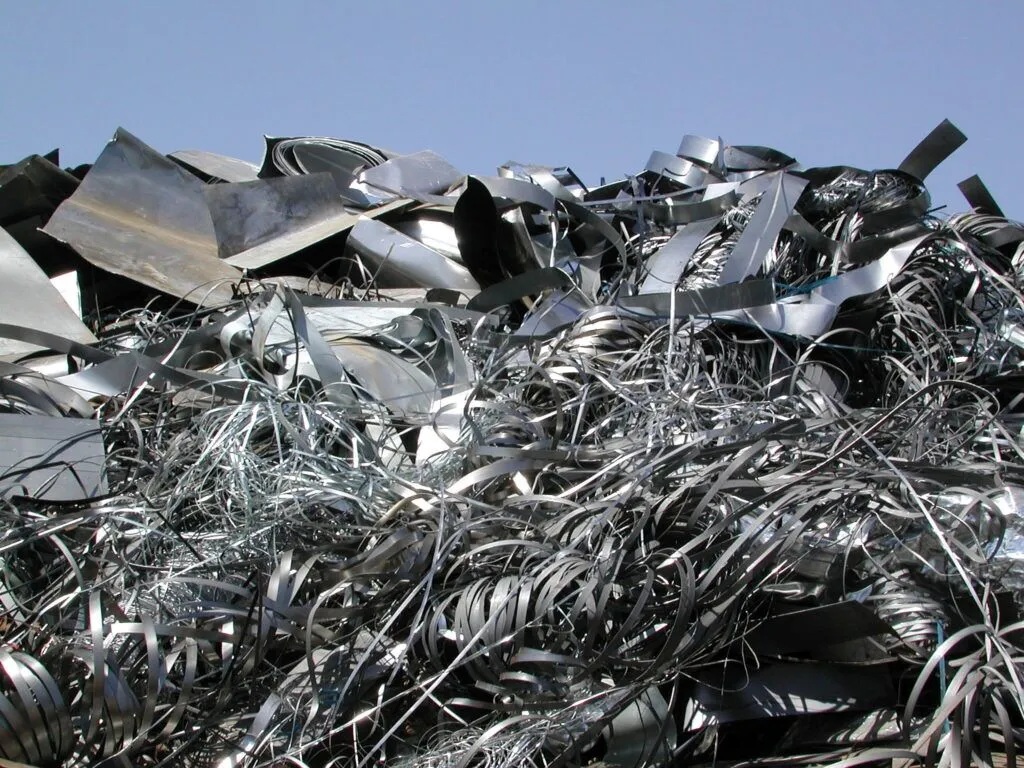
I’ve been involved in SEO for a few years now, and I’ve noticed that spammers are getting more elaborate with their tactics. Sydney SEO Company experts say that creating thousands of fake websites full of content that no one reads and trying to manipulate Google’s ranking algorithm through unnatural links.
These links will often appear as sponsored posts or other promotional content that you may not even know about if it weren’t because your site gets penalised for them. Don’t worry; there are ways to identify these bad apples and remove them from your SEO strategy!
What Are Spam Backlinks?
Spam backlinks are not natural links, and in many cases, they’re created by webmasters to manipulate search engine rankings. They can be created by link farms, guestbooks and comment spam.
Link farms are sites with hundreds or thousands of low-quality pages that exist solely for the purpose of linking out to other sites or pages. These sites will often have the same name and design template, but they won’t have any real content.
Here is what Sydney SEO Company experts say it can be difficult to spot, but if you see a website with only one page that links out to many other sites, there’s a good chance it’s a link farm. Guestbooks are also used in some cases as ways to create backlinks—they allow visitors to leave comments on your site and then link back to their own.
How Spam Backlinks Can Harm SEO Rankings
Spam backlinks can be harmful to your SEO rankings, domain authority, search engine rankings and site traffic.
In addition to spamming a website with bad links (more on that later), there are other ways that fake websites can hurt your SEO. For example:
- Spammy linking schemes. Spammy link-building schemes use paid services to create “fake” or “bad” backlinks pointing to websites. These types of links are usually low-quality, meaning they do not contain relevant keywords or link text that supports the topic of the content they’re associated with. As such, these types of spammy links do not help improve your ranking in search engines — but they can actually hurt it!
- Duplicate content issues caused by excessive keyword stuffing or poor quality content creation efforts on niche relevant topics may negatively impact Google’s ability to recognise what is important versus what isn’t, thus resulting in less accurate results being shown when someone searches for something related!
How to Remove Toxic Backlinks
Once you’ve identified the problem, it’s time to take action. There’s no one-size-fits-all approach that works for everyone, but here are some general tips we can share:
- Identify the problem. If you have an unnatural link warning or penalty, it is important that your team begins by identifying why this has happened. You may have a spammy backlink profile that needs to be cleaned up or even removed entirely. Your team should also review any unnatural links found in their report to identify patterns and determine what actions need to be taken next.
- Remove the bad links. The first step in addressing an unnatural link issue is removing all of the bad links from your site so as not to further degrade its reputation with Google (or other search engines). Be sure that these links are removed from both internal pages on your website as well as external websites where they appear (e.g., forum profiles).
- It’s also recommended that you add your disavow attributes for these domains into your robot’s meta tag so that no additional link juice passes through those pages when crawled by search engines—even if those pages aren’t linked again in future months!
Conclusion
We hope this article has helped you understand what spam backlinks are and how to remove them from your site. If you have any questions, please don’t hesitate to contact us!







